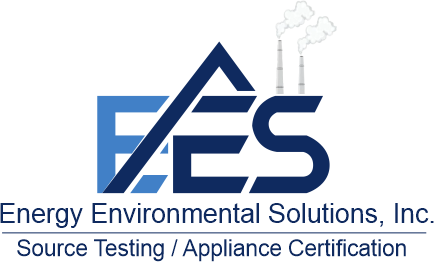
EES monitoring programs are customized for each client, based upon regulatory requirements, pollutants, project length, and locations.
- State-of-the-Art Ambient Air Monitoring Equipment
- Continuous, Real-Time Air Monitoring Networks (PM10, PM2.5, TSPs, etc.)
- High-Volume Sampling for the Measurement of Inorganic and Organic Compounds
- Lead Monitoring
- Site Assessments
- South Coast Air Quality Management District (SCAQMD) Rule 1466 Dust Management Monitoring
CARB AB 617 Air Monitoring
- Source Test Management – RATA, CEMS, Criteria Pollutants, Particulate Matter
- Fence line Monitoring
- Industrial Emissions Testing and Monitoring
RULE 1420. EMISSIONS STANDARD FOR LEAD
Purpose
The purpose of this rule is to protect public health by reducing emissions and ambient air
concentrations of lead from non-vehicular sources, reduce public health impacts by reducing the
exposure to lead, and to help ensure continued attainment of the National Ambient Air Quality
Standard for Lead.
Applicability
(1) This rule applies to any owner or operator of a metal melting facility or lead processing facility that
processes lead-containing materials, including, primary or secondary lead smelters, foundries, lead-acid
battery manufacturers or recyclers, lead platers, and lead-oxide, brass, and bronze producers that
process lead containing materials. Specific provisions of this rule shall apply as follows:
(A) A facility that processes two (2) tons per year or less of lead with an average lead content
that is greater than 0.05 percent by weight, shall only be subject to paragraphs (d)(1) and (d)(2)
and subdivisions (h) and (i) of this rule.
(B) A facility that processes more than two (2) tons per year of lead with an average lead
content greater than 0.05 percent by weight, shall be subject to all provisions of this rule.
(2) Amount of lead processed in a year referenced in paragraph (b)(1) shall be determined based on any
of the five calendar years prior to December 1, 2017, or any year thereafter.
(3) Average lead content referenced in paragraph (b)(1) shall be determined based on the highest one-
month average after December 1, 2017, or any month thereafter using one of the methods specified in
paragraph (i)(2).
EMISSION STANDARDS FOR LEAD AND OTHER TOXIC AIR CONTAMINANTS FROM LARGE LEAD-ACID
BATTERY RECYCLING FACILITIES
Purpose
The purpose of this rule is to protect public health by reducing exposure and emissions of lead from
large lead-acid battery recycling facilities, and to help ensure attainment and maintenance of the
National Ambient Air Quality Standard for Lead. The purpose of this rule is to also protect public health
by reducing arsenic, benzene, and 1,3-butadiene exposure and emissions from these facilities.
Applicability
This rule applies to all persons who own or operate a lead-acid battery recycling facility that has
processed more than 50,000 tons of lead a year in any one of the five calendar years prior to November
5, 2010, or annually thereafter, hereinafter a large lead-acid battery recycling facility. Applicability shall
be based on facility lead processing records required under subdivision (m) of this rule, and Rule 1420 –
Emissions Standards for Lead. Compliance with this rule shall be in addition to other applicable rules
such as Rules 1407 and 1420. This rule shall cease to apply once all District permits have been
surrendered to the District and the facility closure requirements in paragraph (p)(4) have been satisfied.
EMISSION STANDARDS FOR LEAD FROM METAL MELTING FACILITIES
Purpose
The purpose of this rule is to protect public health by reducing emissions and ambient air concentrations
of lead from metal melting facilities, reduce public health impacts by reducing the exposure to lead, and
to help ensure attainment and maintenance of the National Ambient Air Quality Standard for Lead.
Applicability
This rule applies to all persons who own or operate a metal melting facility that melts 100 tons or more
of lead a year based on any of the five calendar years prior to October 2, 2015, or any year thereafter.
Applicability shall be based on facility lead processing records required under subdivision (k) of this rule
and subdivision (i) of Rule 1420 – Emissions Standards for Lead.
